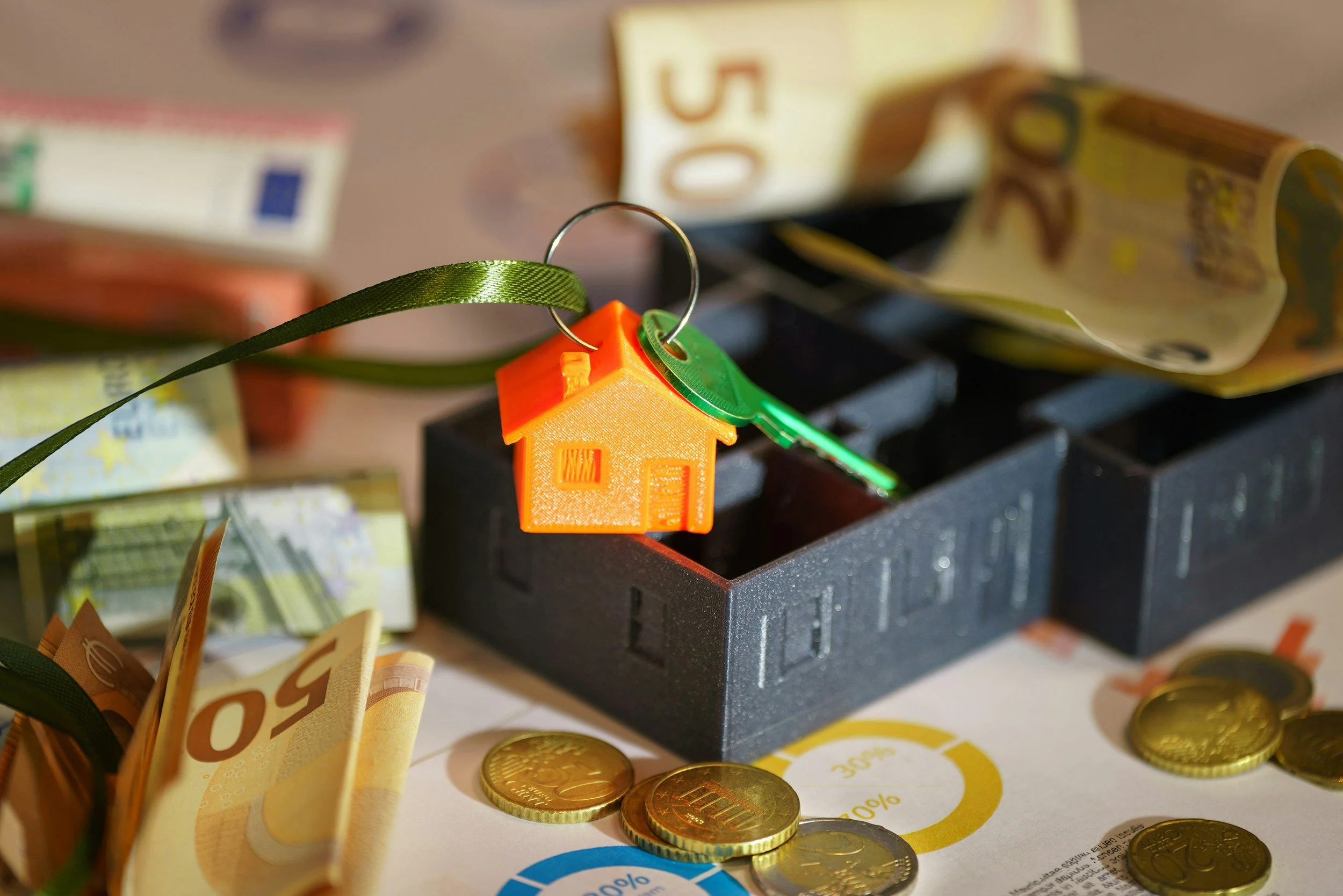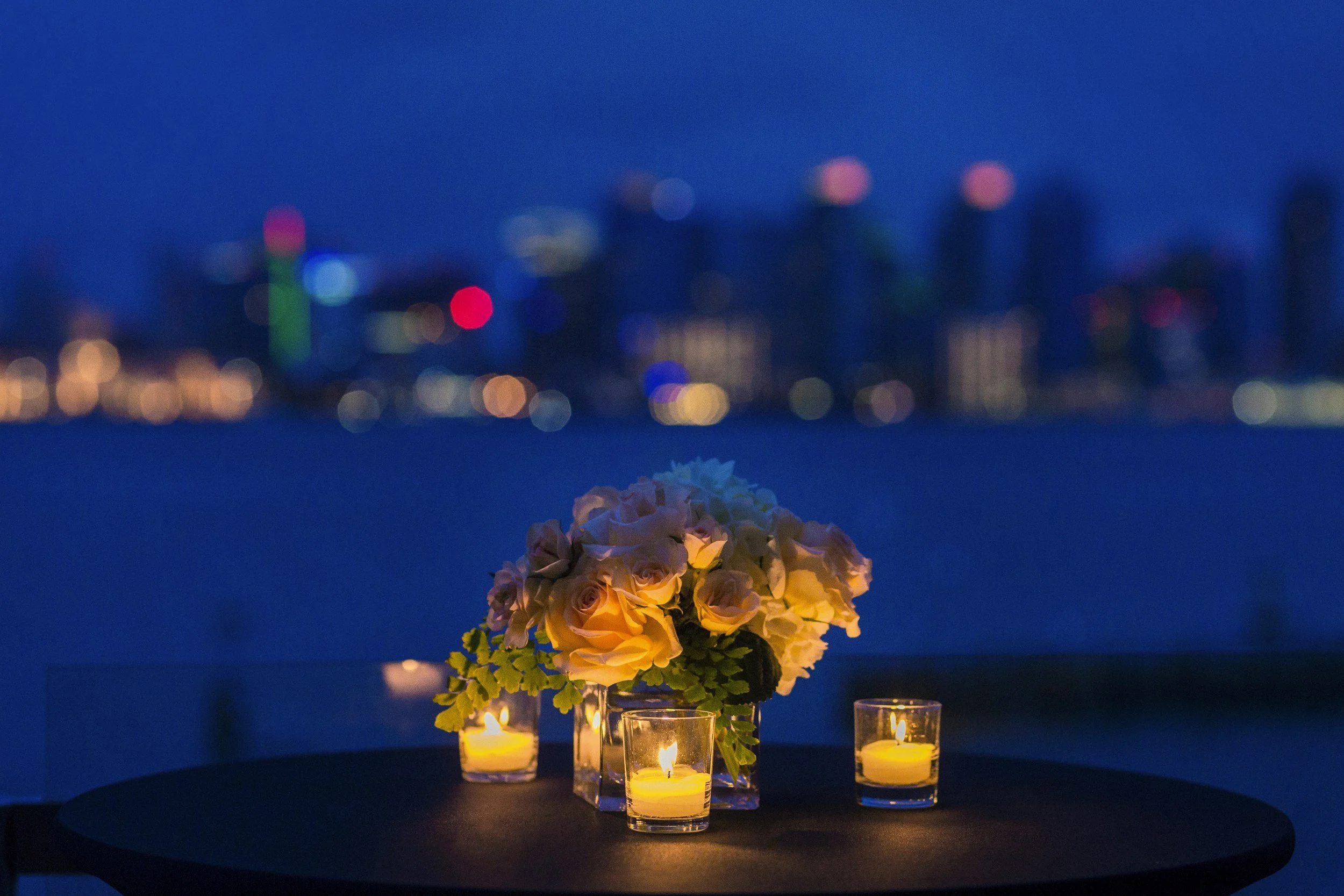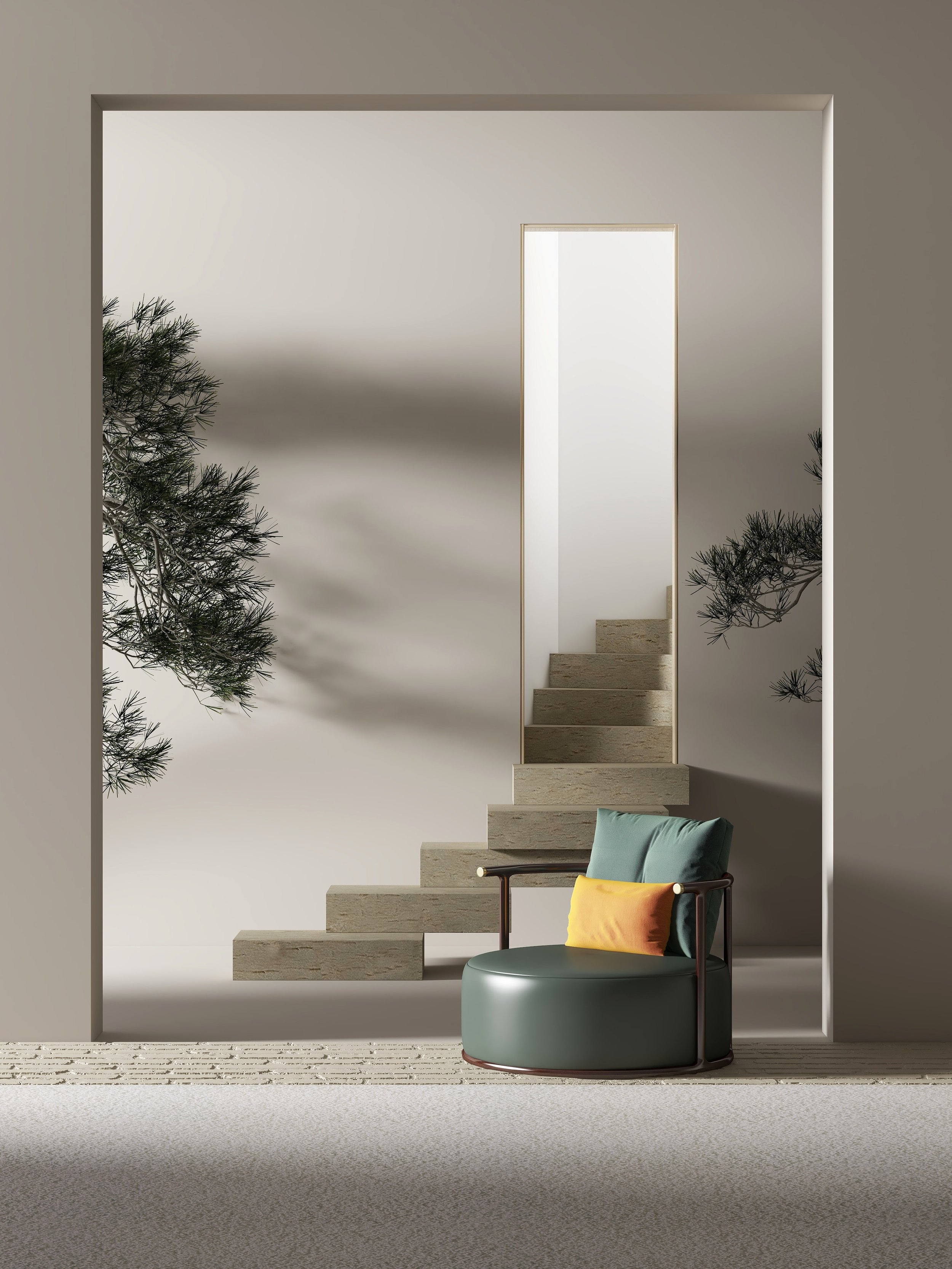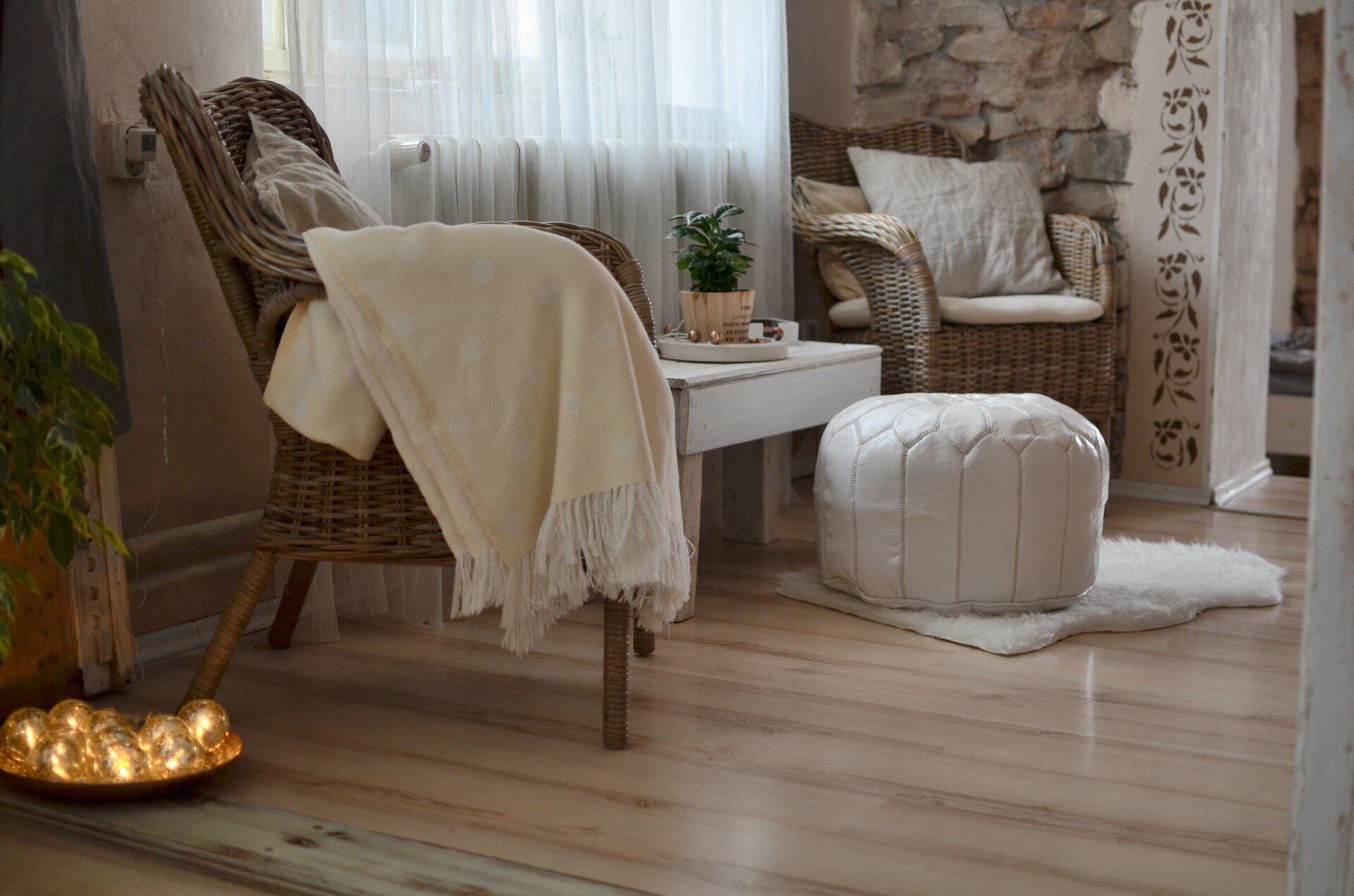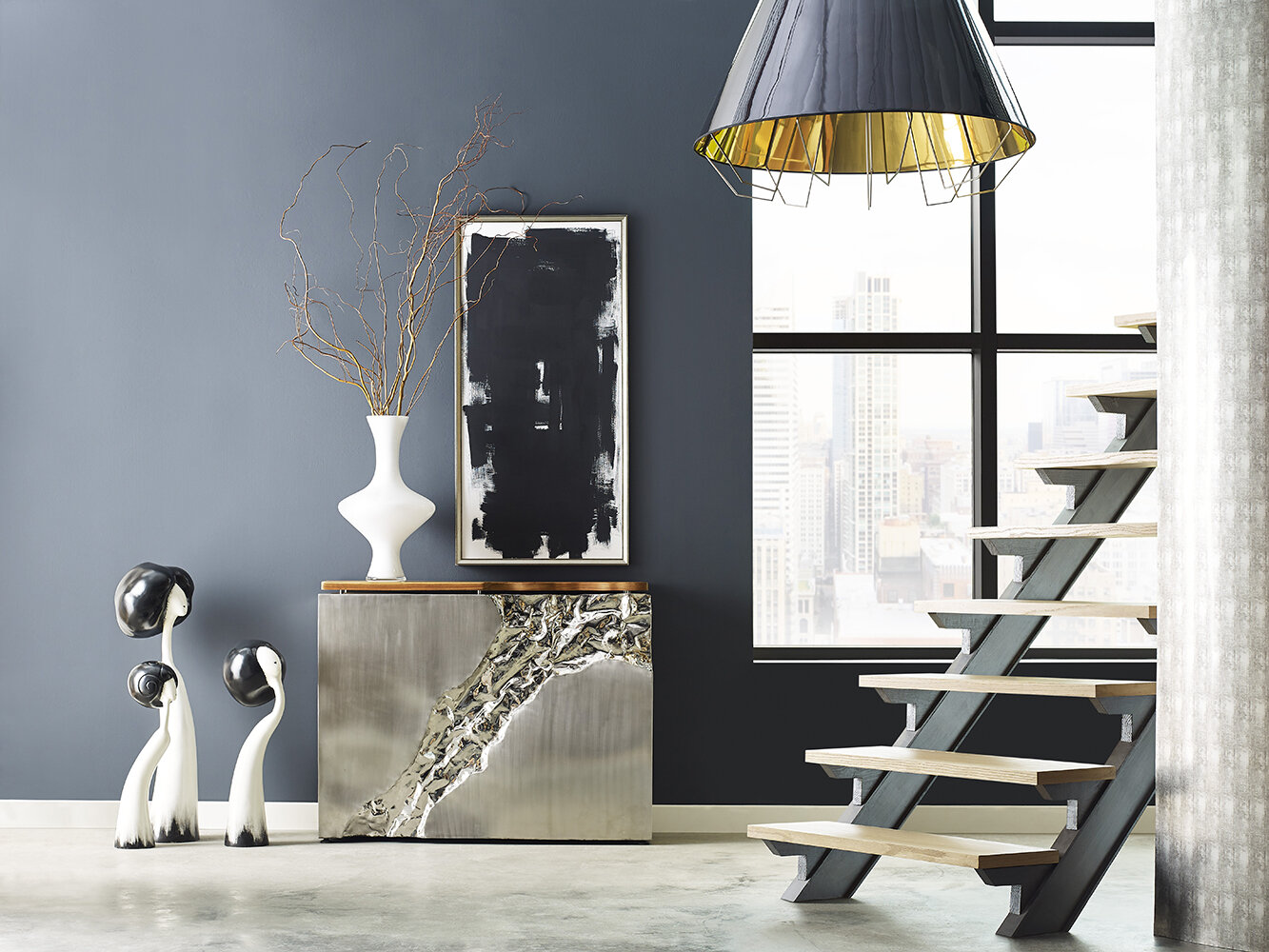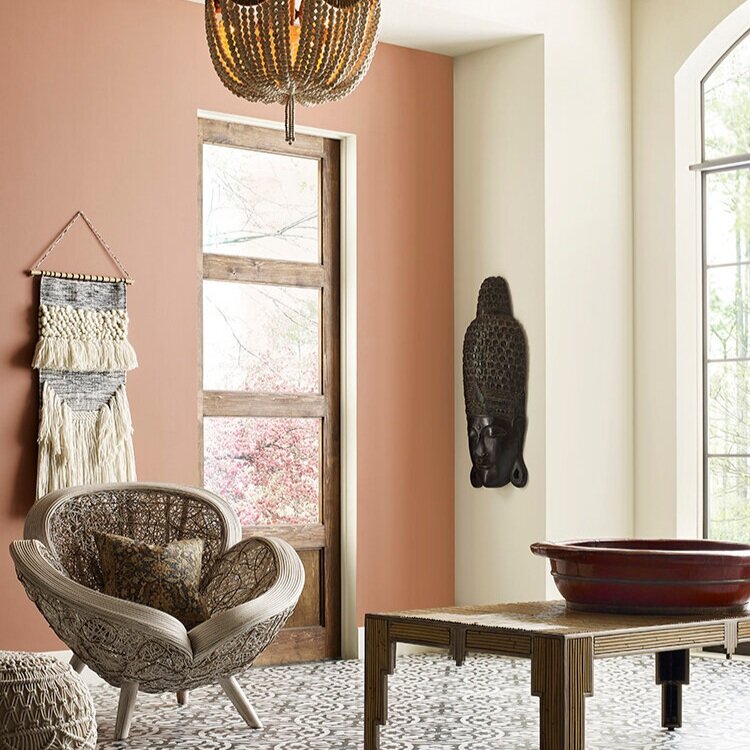Terrace Tranquility: Smart Storage Solutions for Outdoor Spaces in Luxury Residences
The Expansive terrace at One Beacon Court, Residence 32C - available for sale & for rent
Looking for smart and sophisticated ways to maximize that coveted outdoor living space? To make the most of your space, you must incorporate smart storage solutions for outdoor spaces in luxury residences! These solutions will help you create a harmonious balance between style and practicality, so join us as we explore the topic.
Understanding the outdoor space
Before exploring storage solutions, take a moment to assess your space. Consider how it can be divided for different activities like dining, lounging, or gardening. This initial step helps tailor solutions to specific needs, improving their functionality. So, analyze your space and envision how storage solutions can seamlessly blend into it!
By holistically assessing your space, including its design, you can more easily integrate smart storage solutions for outdoor spaces!
Integrated furniture solutions
Integrated furniture solutions seamlessly blend luxury lounging with functional storage, offering a harmonious balance of style and utility. A good example is a plush outdoor sofa adorned with sumptuous cushions, concealing ample storage space for throws or outdoor essentials beneath its elegant exterior! This design enhances the aesthetic appeal of your space and maximizes its functionality. Similarly, coffee tables with built-in compartments provide the perfect perch for beverages and snacks while discreetly stashing away things. This way, by integrating storage into key furniture pieces, you can maintain a clutter-free environment without sacrificing comfort or sophistication.
Utilizing vertical space
When it comes to maximizing space, utilizing vertical surfaces is always a good idea. Vertical gardens add a touch of greenery and provide privacy from prying eyes. Additionally, wall-mounted shelves and cabinets offer valuable storage solutions without encroaching on precious floor space. These clever solutions allow for the organization of tools, cushions, and small decor items, keeping your outdoor area tidy and inviting. Thinking vertically can help homeowners transform bland walls into functional and aesthetically pleasing elements of their outdoor oasis. Whether it's installing shelving units to display potted plants or hanging baskets for putting away gardening tools, the possibilities are yours to explore.
Customized solutions
Customized storage solutions offer a bespoke approach to organizing outdoor spaces, catering to individual needs and preferences. By tailoring storage solutions to the specific requirements of the area, homeowners can maximize efficiency and functionality. For instance, custom-built outdoor cabinets and closets seamlessly integrate with the overall design aesthetic, maintaining a cohesive and polished look. These personalized solutions both optimize space utilization and enhance the overall organization of essentials, from gardening tools to cushions. Whether it's designing a dedicated storage area for sports equipment or creating a concealed space for bulky items, customization empowers homeowners to tailor their outdoor storage to suit their lifestyle!
Concealed options
Concealed storage options are the epitome of sleek functionality, allowing you to declutter your outdoor space while maintaining its pristine appearance. Imagine seamlessly integrating sunken storage units beneath seating areas or decks, where cushions and various tools are discreetly tucked away until needed. Similarly, concealed compartments within outside kitchen or bar areas offer the perfect solution for outing away utensils, glassware, and other entertaining essentials. With them, you can effortlessly maintain a tidy and organized environment, creating an inviting space where every element serves a purpose without compromising on style. With hidden storage solutions seamlessly blending into the landscape, you can set up the home of your dreams, where relaxation and luxury converge in perfect harmony!
Stylish containers
Stylish storage containers are also among the smart storage solutions for outdoor spaces in luxury residences. Investing in chic outdoor containers adds a touch of sophistication and ensures that cushions, throws, and gardening tools are neatly organized and protected from the elements. Versatile options such as weather-resistant wicker baskets or sleek metal bins blend seamlessly with various outdoor decor styles. These containers both serve a functional purpose and serve as stylish accents that enhance the visual appeal of your space! So, by selecting containers that marry form with function, homeowners can effortlessly elevate the luxury living experience in their homes. Besides, with many options available, it's easy to find the perfect containers that align with your design preferences.
Portable solutions
Portable storage solutions offer unparalleled flexibility, allowing homeowners to effortlessly adapt their layout to suit various needs and occasions. From folding storage ottomans to stackable storage bins, these solutions prioritize convenience without compromising on style. Likewise, their lightweight design and compact form factor make them ideal for transport, whether to a weekend getaway or a relocation to a new residence. Therefore, by incorporating these, homeowners can maintain a clutter-free environment without sacrificing the freedom to customize and reconfigure as desired.
Of course, properly packing items for storage becomes particularly important in these cases to avoid getting them damaged in the portable storage container. Therefore, you need to pay attention to things like getting the right supplies and using the right amount of packaging.
Smart technology integration
Homeowners can effortlessly manage and secure their outdoor belongings by incorporating innovative storage solutions with integrated smart features, such as automated covers or locks. Imagine a scenario where your outdoor storage units respond to voice commands or are accessible remotely via a smartphone app! Additionally, app-controlled systems allow for effortless organization and monitoring, keeping everything in its rightful place. So, with smart technology, you can elevate the luxury living experience in your outdoor sanctuary, blending convenience with elegance. By embracing these cutting-edge advancements, you can make your luxury house feel more homey, creating a space that reflects your lifestyle and anticipates, even exceeds, your every need with unmatched efficiency and sophistication!
Seasonal organization tips
Rotating storage items based on seasonal usage is a smart strategy to maximize space and accessibility. During the warmer months, prioritize easy access to outdoor dining essentials, cushions, and recreational equipment. You’d also put away winter-specific items like heaters and heavy blankets in less accessible areas. Conversely, as the temperature drops, swap out these items for winter necessities, such as firewood and insulated covers for furniture. For example, consider investing in weatherproof covers or sheds to shield items from rain, snow, and UV exposure. This way, you can keep your yard tidy, functional, and inviting throughout the year.
Putting smart storage solutions for outdoor spaces in luxury residences into practice
Implementing smart storage solutions for outdoor spaces in luxury residences transforms mere functionality into a statement of sophistication. Seamlessly integrating storage options that prioritize style and practicality enables homeowners to elevate their outdoor living experience to unprecedented levels of luxury and convenience! The possibilities are endless for creating a truly exquisite outdoor sanctuary that reflects the epitome of refined living.
